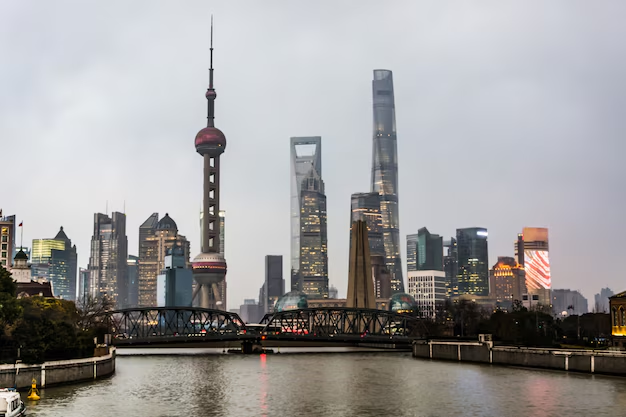As the world comes together to celebrate World Tourism Day 2024, themed “Tourism and Peace,” the Pacific region stands at the forefront in recognizing the crucial role that tourism plays in promoting peace, cultural preservation, and sustainable development. Spearheaded by the United Nations World Tourism Organisation (UNWTO), this global event highlights the connection between tourism and the Sustainable Development Goals (SDGs), particularly SDG 16, which focuses on peace, justice, and strong institutions. In the Pacific, tourism is more than just an economic driver; it is a tool for fostering harmony, environmental stewardship, and cultural preservation.
Tourism in the Pacific: A Catalyst for Peace and Sustainable Development
Tourism has long been a cornerstone of the Pacific economy, playing a significant role in job creation, business development, and the conservation of both natural and cultural heritage. The Pacific island nations, known for their breathtaking landscapes and vibrant cultural traditions, draw millions of visitors annually. This influx of tourists not only boosts local economies but also contributes to peace by fostering mutual understanding and cultural exchange between visitors and the local communities.
The Pacific Sustainable Tourism Policy Framework (PSTPF) underscores the importance of managing tourism in harmony with the environment, ensuring that economic growth does not come at the expense of ecological preservation. The framework emphasizes the need for a balance between development and conservation, a principle that is central to the Pacific’s approach to tourism.
Through tourism, the Pacific region promotes environmental stewardship while also advancing regional peace. The PSTPF’s guiding principles of mutual accountability and community involvement highlight the shared responsibility of all stakeholders in promoting sustainable tourism. Local communities are integral to the success of tourism in the Pacific, ensuring that development respects both the environment and the rich cultural heritage of the region.
Cultural Tourism: A Bridge to Peace through Cultural Exchange
Cultural tourism has emerged as a powerful tool for promoting peace and harmony in the Pacific. According to the Pacific Cultural Tourism Guidelines (PCTG), culture is at the core of the identity of Pacific communities. Increasingly, visitors are drawn to authentic cultural experiences, such as traditional music, dance, arts, crafts, local cuisine, and historical heritage sites. These experiences not only enrich the visitor’s journey but also contribute to preserving the intangible cultural heritage of Pacific communities, including oral histories, traditions, and customs passed down through generations.
Investing in cultural and creative industries allows Pacific nations to diversify their tourism offerings while protecting local heritage. Cultural immersion experiences foster mutual respect and tolerance between visitors and locals, promoting peace through a deeper understanding of diverse cultural identities.
Sustainable Tourism: Balancing Economic Growth with Environmental Protection
The Pacific Sustainable Tourism Policy Framework (PSTPF) prioritizes living in harmony with nature and managing tourism development with a focus on long-term sustainability. For the Pacific nations, this means implementing eco-friendly tourism practices that safeguard natural resources while ensuring that the benefits of tourism extend to future generations.
This approach is especially critical as the region faces the impacts of climate change, natural disasters, and geopolitical challenges. Rising sea levels, coral bleaching, and extreme weather events already pose significant threats to the ecosystems that support the tourism industry in Pacific island nations. By promoting sustainable practices and involving local communities in decision-making processes, the Pacific can overcome these challenges and continue using tourism as a driver of both peace and economic growth.
Tourism, Peace, and the Pacific’s Future
World Tourism Day 2024 serves as a reminder of the intricate connection between tourism, peace, and sustainability in the Pacific region. By embracing sustainable tourism practices, protecting cultural heritage, and fostering inclusive community engagement, Pacific nations can continue to flourish as peaceful and prosperous destinations. The PSTPF and its principles provide a clear roadmap for ensuring that tourism remains a force for social and economic development while safeguarding the cultural and environmental integrity of the region.
As Pacific nations grapple with global challenges such as climate change and social inequality, tourism remains a beacon of hope. It not only reinforces peace and fosters cultural exchange but also enhances the well-being of local communities. By doing so, the Pacific continues to contribute to global efforts toward a more sustainable, peaceful, and inclusive future for all.
The post Harmony in the Pacific: Tourism, Peace, and Sustainability Come Together appeared first on Travel And Tour World.




Comment (0)